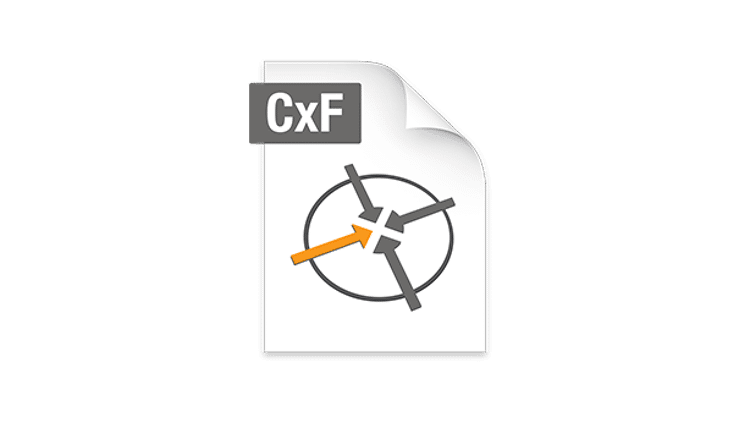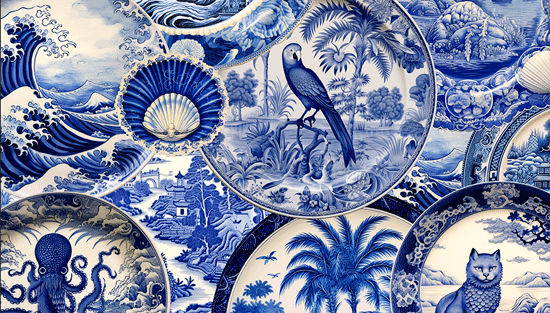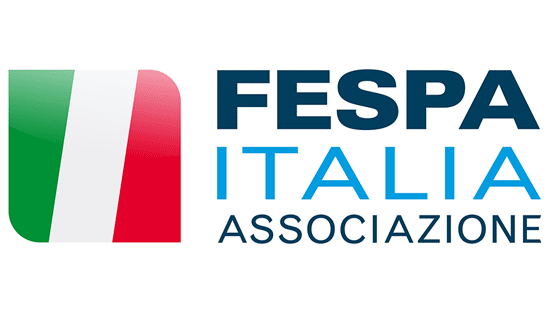CxF – a question of colour

X-Rite’s Ray Cheydleur explains how the CxF standard helps to make the exchange of colour data more efficient and accurate.
“I’m not sure that anything about colour is ever foolproof!” X-Rite’s Printing and Imaging Portfolio Manager Ray Cheydleur says. “But CxF, or the ISO equivalent CxF/X, does allow for the accurate transmission of colour values.
“Lots of people have special colours in their private libraries, and a great way to communicate those private libraries is by using CxF. If you have a house colour or you’ve mixed an ink and measured it in your ink programme, you can exchange those values in a way that many people can use because – unlike if it was in a proprietary format or an ACCI text file that can’t easily be verified – CxF is an both an open format and can easily be verified.”
Mobile and verifiable
Considering how important accurate colour is to printing, it might seem bizarre that a universal open standard for the efficient communication of colour data has taken so long to settle upon. But CxF/X – or ‘Colour Exchange Format’ – has now been an ISO standard for more than five years, and with it being incorporated into other standards and an increasingly wide range of applications, it looks as if the industry has finally chosen an effective answer. It’s also an answer that has much in common with the other important open standards, such as XML, which we looked at last month.

Ray Cheydleur
“CxF is based on XML – it’s an XML text file that conforms to a schema (it is a representation of a plan or theory in a form of an outline or model),” says Ray. “It’s a very structured concept and that allows for certain benefits. Previously, all the formats we’ve had in the graphic arts for the exchange of colour data have been mostly but not completely proprietary text-based formats or based on CGATS.5, CGATS.17 or ISO 28178, which are ASCII text files and keywords, or which had a very flat form of XML,” Ray says.
CxF is a tool that makes the transmission of colour data far more efficient than ever before
“One of the ideas behind CxF was to make something that a human being could actually read but which is also machine-verifiable. Part of the problem with the ASCII-based variants is that we tried to create a converter for them and found more than 17 variations that said they adhered specifically to CGATS.5 or ISO28178, because there is no real error checking.
“However, with CxF you can make files that represent data that can be moved between applications, and which are verifiable. You can verify it when you write it because you can put it against the schema. Then if you’ve done that, any conforming reader should be able to parse it and deal with it. That is one of the big benefits of CxF and it was one of the inspirations behind its creation.”
Added values
A second attraction of CxF is that it allows for the addition of custom resources, which can offer additional qualities without obscuring the important colour data, or which can describe requirements for a specific workflow.
“For example, right now ISO 28178 is under revision because it never specified how the inks should be laid down. This is a big problem, more in conventional printing than digital printing, especially when you get into extended gamut printing beyond CMYK. So we needed to have a way to say what the print sequencing is because that can change outcomes a lot. This is something that CxF can already do because it is much more flexible in the way you define things,” Ray says.
In theory, a CxF/X-3 file would allow the importing of not just the values but also the position of the values on the sheet
“If you’re in a wide format world, maybe you don’t need to know things like ink sequencing, but you might need to know something else. So you can define a custom resource that defines exactly what you need. More likely, what happens is that the software the user has defined the requirement already, or it is defined in the workflow specific to the kind of work that you’re doing. So by its nature, CxF becomes transportable across your workflow – and that was the real intent.”
CxF variants
CxF/X is actually a collective term for a family of variants with slightly different applications. CxF/X-2 is for scanner data, while CxF/X-3 defines target data.
“The format of targets can be designed in there, which becomes useful because different printers have slightly different requirements. For example, a wide format printer might want to make a target with bigger patches because of the kind of material being used. But if you take that target to another piece of software, it might not know how to deal with it. In theory, a CxF/X-3 file would allow the importing of not just the values but also the position of the values on the sheet,” Ray says.
However, probably the most widespread utilisation of CxF is CxF/X-4, which concerns spot colour characterisation.
“CxF/X-4 is really important for wide format work where spot colours are involved because it helps describe not only tone value of the ink but transparency effects as well. CxF/X-4 does that by having a new way to define spot colours and it uses a special series of targets to look at those so that it can measure and record data about qualities such as transparency, etc,” Ray says.
“CxF/X was picked up by other ISO standards, especially ISO 20654, which creates something called ‘spot colour tone value’, where spot colour tone value deals with the problem of how to define spot colours in tone values that are similar. For instance, traditionally a 50% defined in Illustrator would be 68% or 72% on the press – they didn’t have a great connection to each other. With spot colours that becomes a real problem, especially when you go beyond standard CMYK. ISO 20654 defines it in a way that you’d visually expect 50% to look on a tone scale, making the values in the design programme and the printed and measured values reconnect, and it uses CxF to express that data.
You can see the value of a format that allows a brand to protect and accurately define their specific colour, and they can even encrypt it to stop it being tampered with
“We also have CxF/X in flexo standard ISO 12647-6 and a half dozen other standards, and this has really been the benefit of CxF in the standards world: now we have a single place to point to for how to exchange this data and import and export. In practical terms, what this means to printers is that their software should start picking this up. So they don’t need to necessarily understand the intricacies of the XML schema that’s underlying CxF, but if the packages that they are using support CxF, then they should be able to exchange colour data in a good way.”
Better colour, better business
And that, Ray says, is the ultimate message with CxF. While the theory and technical aspects behind the format may seem like a foreign language to the non-technically minded, the core message is simple that CxF allows for definitive, accurate colour communication between systems and within workflows.
“One of our solutions architects went into a workplace that was having problems reproducing a specific brand colour. They opened up the Illustrator file and found 20 definitions of that brand colour because people kept going in there and twisting the knobs slightly to make something that looked right on their printer, and then they defined it as the brand colour. So you can also see the value of a format that allows a brand to protect and accurately define their specific colour, and they can even encrypt it to stop it being tampered with,” Ray says.
“I believe you should never be scared about technology. I wear an Apple watch and I know it unlocks my phone when I put it close by, but I don’t know or care how it does it. Similarly, if CxF has been adopted and implemented properly by the vendors that supply or drive wide format devices or RIP files, printers shouldn’t have to worry about the technical details of it.
“What they need to understand is the value it can bring to their business. Their job is to take the tools that are available to them to produce great work that make their customers happy, and ultimately makes them more money. In that regard, I believe that CxF is a tool that makes the transmission of colour data far more efficient than ever before.”
Become a FESPA member to continue reading
To read more and access exclusive content on the Club FESPA portal, please contact your Local Association. If you are not a current member, please enquire here. If there is no FESPA Association in your country, you can join FESPA Direct. Once you become a FESPA member, you can gain access to the Club FESPA Portal.
Topics
Recent news

How AI can benefit your data collection
Printers are collecting data about everything from costs to customers and inventory. But how can AI help you to make the most of that?

No minimum order: the growth of DTF decoration
Andy Rogers at Stahls’ UK and Europe, garment decoration firm based in Braintree, UK and Dillingen, Germany, on the cost and speed benefits of direct to film (DTF) printing.

The design democracy: AI, creativity and interior décor
We spoke to Matt Fletcher of John Mark Ltd and Cheryl O’Meara from the Print Pattern Archive about combining age-old techniques with artificial intelligence (AI) to create exciting new motifs for luxury wall coverings.
